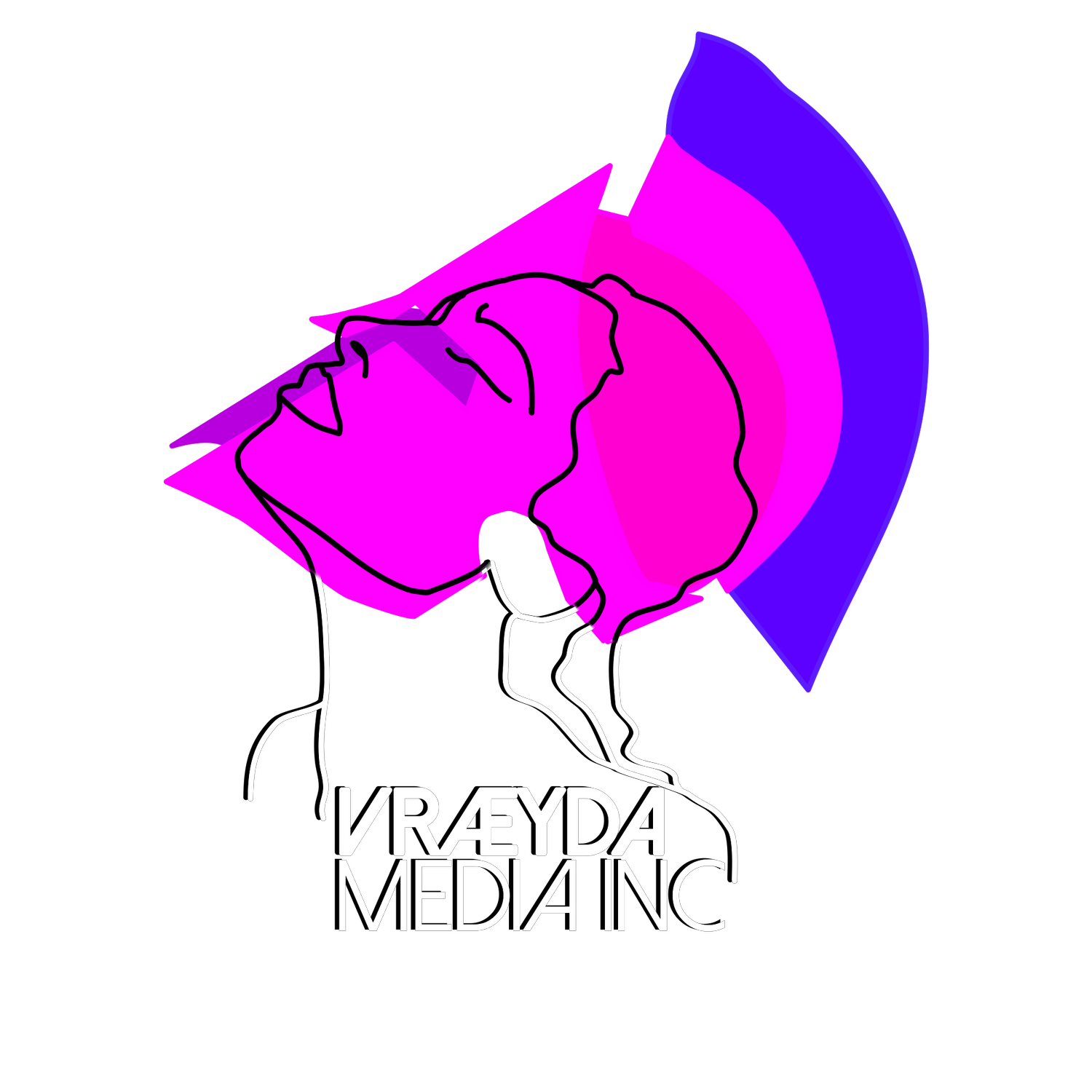BUILDING AN ADVENTURE
bigger than a One-shot, Let’s Build an Adventure.
At its core, an adventure is a series of plot points that provide a path to a conclusion. What that path is can be as varied as there are gamemasters who create them. Despite this myriad of varieties, they all share a nebulous structure. Whether the adventure is meant to be a dungeon crawl, a hack and slash, or one of social interactions, the structure remains. The plot points of an adventure are the major encounters.
PLOT POINT A
This is where the Player Characters (PCs) discover the introduction of the plot. Done through a hook, it’s usually through an inciting incident meant to intrigue and interest. This could be a fireball exploding in the street, singeing the PCs. (You never want to do serious damage, but the loss of a point or three of hit points is okay.) Or, it could be someone wanting to hire them to take care of a “minor” problem and then offer an amount too good to refuse.
This is where they encounter an additional NPC, Plot Guardian. This NPC is a distraction from the Plot… either a rival, a nuisance, or a minor altercation. Their purpose is to add a little complication and their entire existence in the adventure can either begin and end in Plot Point A or carry on throughout.
PLOT POINT B
The journey to the plot, this point transitions the PCs from A to C. It can be anything from an actual journey, to a puzzle to solve, to an interrogation or other social encounter. Whichever means of transition is used, the PCs gain something. Things like arriving where they need to be, finding a secret door, learning an important clue, etc. This is where the Plot Guardian’s intentions are revealed if not already concluded.
PLOT POINT C
Confronting the plot. PCs confront what they believe to be the main culprit of the conflict. This is often a mini-boss battle or major social interaction. It is here the PCs discover that they have been tricked or have experienced a major setback. This is also known as a plot twist. The PCs experience being tricked or enduring a setback. This is the deep hook, making the adventure plot now something more personal so they are now fully invested to reach the end.
PLOT POINT D
Just like Plot Point B, this is a journey to the real plot. Here, the PCs gain what they need to get there. This is where they gain anything additional they need to complete it. A key, a scroll, an ally, a special plot weapon, etc. If the Plot Guardian is still around, this is their conclusion where they either become an ally versus the plot or are defeated or driven off. If the latter, this will be a nice recurring mini-nemesis for the PCs in the future.
PLOT POINT E
This is it! The climax or Big Battle. The facing of the true conflict. If you do have combat here, the Big Boss needs minions that can arrive in waves as needed. However much it takes to make the battle feel epic but not hopeless. Have the location be a factor.
Can the Big Boss activate traps? Does the combat cause part of the ceiling to fall? If it’s a social interaction, this is the drama in the courtroom, swaying public opinion, etc. If this has been a surviving a catastrophe style of adventure, this is their most difficult, and final challenge. After this point, this is where the PCs get their rewards, revelations and, perhaps, a hint at another adventure.
EXPANSIONS
After completing your adventure’s nebulous structure, consider all the major NPCs you made for these plot events. They all have a personal goal that may or may not be related to the plot. Give each of them their own adventure to give to the PCs. If there are enemies to be defeated, what if they survive? Is their adventure an attempt at revenge against the PCs? Are they trying to escape the PCs? These adventures should be tiny and include only Plot Points A through C and no farther.
These are then side quests. Since all plans rarely survive contact with the PCs, be prepared to pull these out and adapt them on the fly, even to entirely different NPCs. Change the names, locations, etc to fit the new situation.
Just like with side quests, be flexible with your main adventure plot points. If things go sideways, be ready to adapt them as needed. Filing off the serial numbers of what your encounters were supposed to be and gluing on new ones to make them fit is one of the greatest skills a GM can have.
Go create your next adventure!

